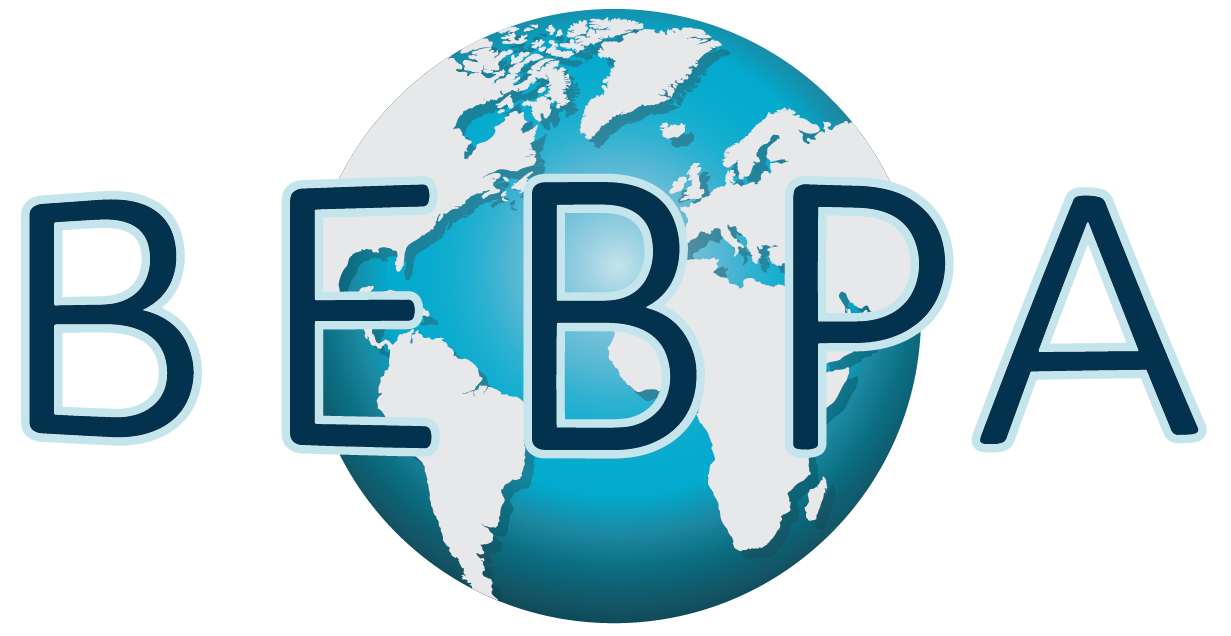Please note that these informative workshop and interest groups are available for onsite attendees only. Sign up today to attend the conference in person. Our attendees regularly rate this conference as the best bioassay conference out there with detailed, practical talks. The atmosphere is collegial, friendly and great for those new to bioassays as well as seasoned professionals. This conference can sell out, so don’t delay in signing up.
Workshop 2: Basics of How We Calculate Relative Potency (Day 1)
The relative potency calculation is often based upon a ratio of the ED50 of the test article to the reference material. However, there is a step-wise approach which goes into preparing the data set for this calculation. This workshop covers the basic calculation, the data requirements for similarity and provides a discussion of confidence intervals and how they are used in today’s potency world. This is a great workshop to attend if you are not a statistician, but want to sit in on the statistical interest group later in the conference. It will provide you basic understanding so you can be part of the discussion!
Laureen Little, President, Quality Services & FasTrain
BEBPA Categories
Email Updates
BEBPA Blog
Tech Briefing: Ins and Outs of Data Analysis for Potency Calculations
More than any other analytical method in the biopharmaceutical industry, the potency assay requires a in-depth knowledge of statistics. Most potency assays are cell-based relative potency assays. The readout is quantitative and requires assessing similarity of reference vs. test sample dose-response curves. Just to set up the data analysis, one must understand modeling and determination of similarity of dose response curves for reference material and test samples. Most analytical scientists have taken a college class (or maybe two) of applied statistics. This means that most of us know how to calculate averages, means and medians, and perhaps even calculate the confidence interval of these datasets.
Modern software performs the basic potency calculation and many of us rely upon this to develop our assays. If you are interested in developing a state-of-the-art potency assay with sufficient accuracy and precision to support typical potency specifications (perhaps 80 to 125% or 70 to 142%) it is necessary to understand the underlying data analysis at a deeper level. There are some “basic” potency bioassay textbooks available (Statistical Method in Biological Assay by David John Finney and The 4PL by Stanley Deming) which explain the data analysis in great detail. The classic textbook, Statistical Method in Biological Assay by David John Finney is out of print and considered a must-read in the potency field. However, it is not necessarily user-friendly for those of us without more advanced statistical training. The 4PL by Stan Deming is more accessible, but still requires a bit of time to complete.
At the upcoming BEBPA bioassay conference, we have two interest groups which will take you beyond simply pushing a button on the potency software and getting a value. These interest groups will show you how to get the best assay results from your existing assay by understanding how to format your assay, utilize appropriate replication schemes and judiciously use outlier analysis to provide the best data for the dose-response curve. The two interest groups are:
Interest Group 1: Data Analysis
Using Equivalence Testing to Define Lot Release Limits for Product Potency
Nancy Sajjadi, Founder and Principal Consultant, Sajjadi Consulting
All You Ever Wanted to Know About Target Measurement Uncertainty and Total Analytical Error for Analytical Validation
Pierre Lebrun, Director Statistics, Pharmalex Belgium SA
Limiting Potency Bias From Allowed Non-Similarity While Protecting The Similarity Pass Rate
David Lansky, President, Precision Bioassay Inc
Interest Group 3: Handling Dose-Response Curves
Partial Dose-Response Curves – Contributions To The Discussion On “Allowed” Non-Similarity In Biological Assays
Ralf Stegmann, CEO, Stegmann Systems
Replicates: Should They Be Averaged Before Modelling?
Matthew Stephenson, Director of Statistics, Quantics Biostatistics
Poster Presentation: Outlier Analysis for Relative Potency Assays Using SoftMax Pro Function for Rosner Extreme Studentized Deviate Test
Alena Nikolskaya, Associate Director, Abzena
Interested but worried the topics might be above your current understanding of the basic potency bioassay calculation? Don’t worry – on Day 1 of the conference, we offer a workshop which will take you step-by-step through an example of how dose-response curves can be modeled, how they are assessed for similarity and finally how the potency calculation is often performed. This is not a workshop by statisticians for statisticians. Instead, it is designed for analytical scientists by another analytical scientist, who has also struggled to understand the basics in order to learn the more sophisticated statistical tools now routinely expected of any bioassay development team. Take the journey to supplement your current statistical understanding (Day 1 Workshop) and become a super user of more sophisticated statistical tools (Day 2 Interest Groups).
Workshop 2: Basics of How We Calculate Relative Potency (Day 1)
The relative potency calculation is often based upon a ratio of the ED50 of the test article to the reference material. However, there is a step-wise approach which goes into preparing the data set for this calculation. This workshop covers the basic calculation, the data requirements for similarity and provides a discussion of confidence intervals and how they are used in today’s potency world. This is a great workshop to attend if you are not a statistician, but want to sit in on the statistical interest group later in the conference. It will provide you basic understanding so you can be part of the discussion!
Laureen Little, President, Quality Services & FasTrain
Please note that these informative workshop and interest groups are available for onsite attendees only. Sign up today to attend the conference in person. Our attendees regularly rate this conference as the best bioassay conference out there with detailed, practical talks. The atmosphere is collegial, friendly and great for those new to bioassays as well as seasoned professionals. This conference can sell out, so don’t delay in signing up.
